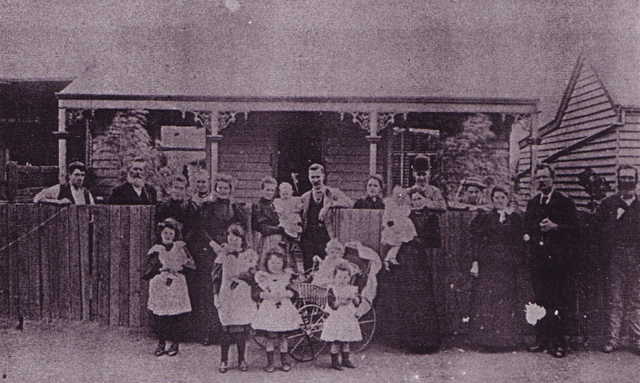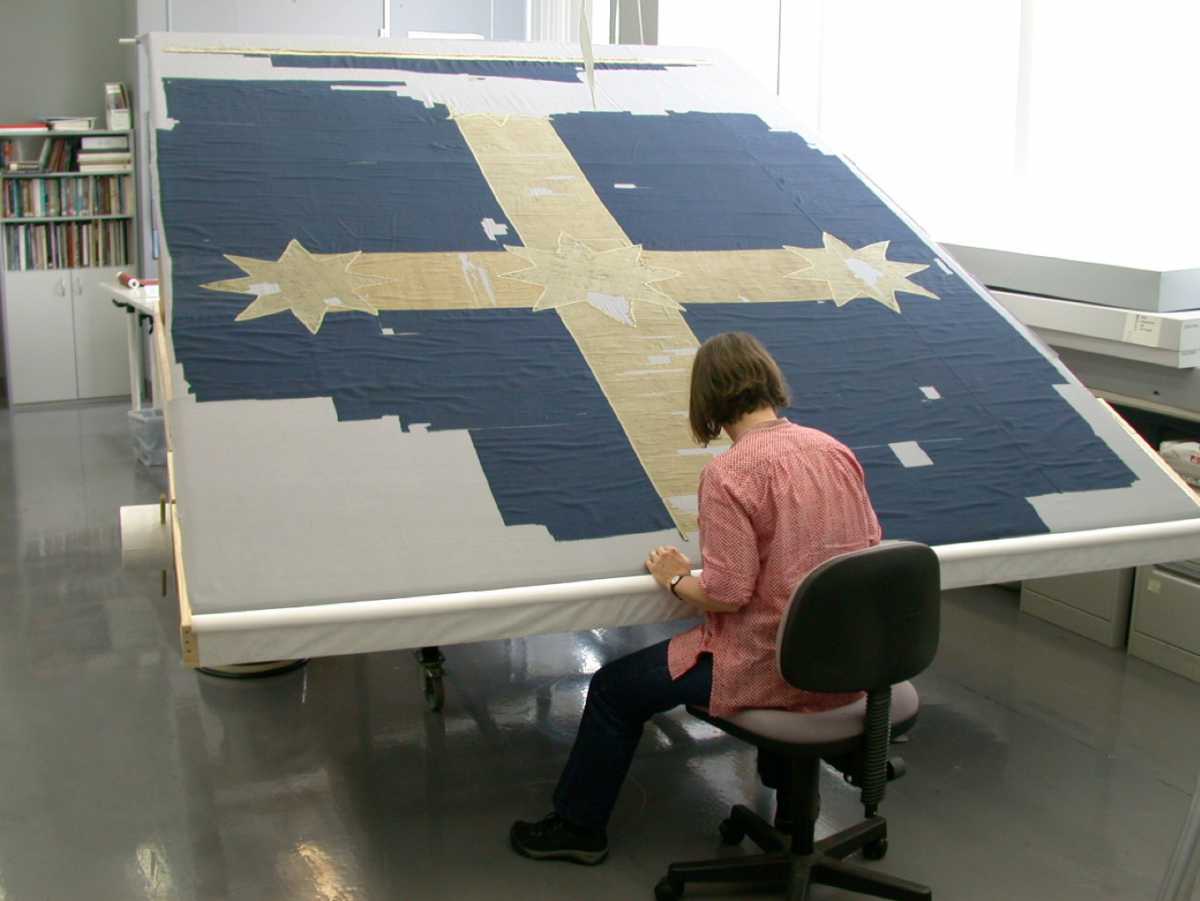Dr Charles Fahey examines the diary of Richard Pope, a rich source of information on the daily lives of working miners in Ballarat and Bendigo. In the nineteenth century the Cornish migrated across the world looking for work as miners. Richard Pope worked in England, Ireland, the United States and South Africa. Pope’s longest period of work was in the mines of Ballarat and Sandhurst where he worked from 1869 to 1886. During those years, Pope kept a diary which is our richest source for understanding working and living conditions of working miners in the deep alluvial gold mines of the Ballarat and the quartz gold mines of Bendigo. This talk will examine Pope’s working life below ground in the dank deep lead mines of Ballarat and dusty quartz mines of Bendigo, and also his daily life and the community in both gold cities.
Before retirement, Dr Charles Fahey taught history at La Trobe University’s metropolitan and regional campuses. During this time, he wrote extensively on the social history of the Victorian goldfields. He also has a deep interest in researching Melbourne manufacturing history and has written on the Sunshine Harvester Works, the biscuit factory of T.B. Guest in North Melbourne and the Bryant and May match factory in Richmond. In 2020 he was a joint author with Richard Broome, Katie Holmes and Andrea Gaynor of ‘Mallee Country, Land People History’ (Monash Publishing). He is the joint author of a forthcoming study of religion on the goldfields.
Attend Talking History in person at the Eureka Centre (no booking required). Past lectures can be viewed on YouTube by clicking this link.
Image: Richard Pope (second from left) and his extended family photographed in Broken Hill in the 1890s. Provided by Dr Charles Fahey.

